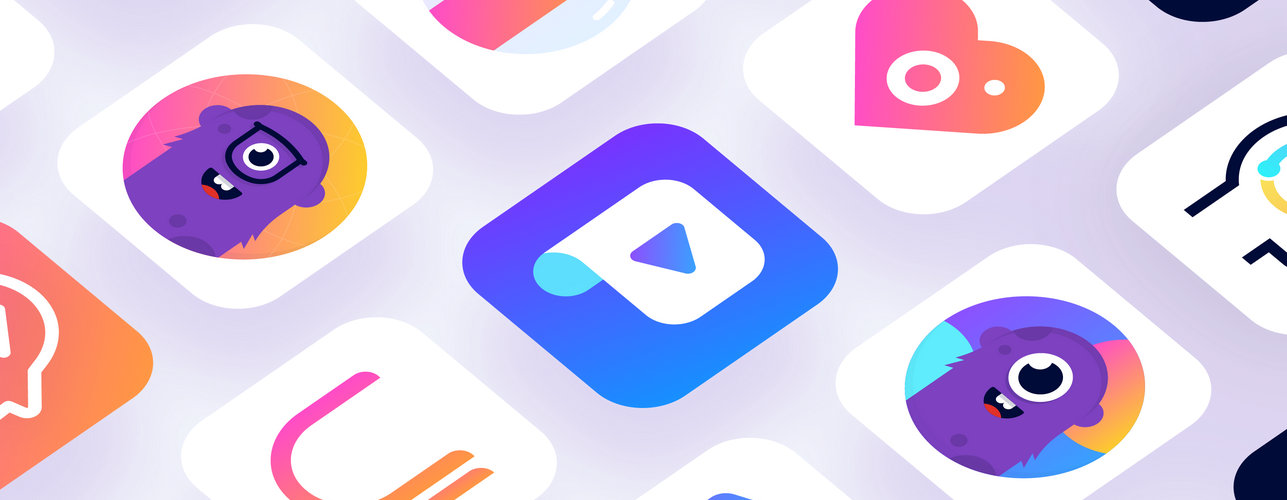Development of a mobile application was and still is expensive. No one wants to invest time and money in something that will not return even a small part of them. But surely you want to check whether your customers need a mobile application. With this article we hope to help you make a mobile application without unnecessary spending at the beginning.
But first ask yourself an important question.
What do mobile applications give business?
It seems that it is impossible to conduct a serious business without a mobile application today. But it is true only partly: those successful examples, which can lead each of us, have either emerged from trials, errors and work with the data and needs of the target audience, or happened in a niche with huge demand, as in the case of cab services. And most likely, they came from the first and second at once.
Leave the arguments in the spirit of “Everyone has, but I do not” and the desire to be in the trend. Take a sober look at the situation by asking yourself: “My niche is large enough? the application will solve my business problems? will I have such a flow of clients, which will justify the investment? in how close relations my clients with mobile technologies?”. The answer “no” to at least one of these questions is already a reason to think about the necessity of the application.
Lack of time and money – two more warning shots. Both of them will take a lot of money. You will have to tell the development studio team what goals you want to achieve with the application and in what ways, listen to arguments “for” and “against”, compromise, evaluate, agree and refuse. Communication will be conducted both orally and in writing. Do you have personal time or a trusted person who will be ready to devote his or her time? Do you have a seven-digit amount of money?
MVP
Remember what it is
The abbreviation MVP stands for Minimum Viable Product. In such an application, functional or pictorial redundancies are not allowed – everything in it should work strictly for the business purpose of the product.
MVP strategy is appropriate when you need to release the application on time, understand that people will use it, and test all the hypotheses that you have formulated during the design phase. By choosing it, you will not spend extra money on the product, which was not interesting to the audience. And if there is interest, continue to develop the product.
MVP-version of an online store application must necessarily consist of a home page, search directory, shopping cart and payment function. Add animation, connect third-party services, offer multiple payment methods and implement augmented or virtual reality early – just make sure that the application is used for shopping. Further analysis will show what else your users want.
How to save on design
In order not to overpay for the design, you must remember at least two conditions:
- Design is not an impressive look, but a sum of functional and graphic solutions that help an application to achieve its goal. Nothing should prevent the design from being practically useful. In other words, a good design is as little design as possible;
- Start from the fact that before your application, users were already working with dozens of others and were used to the look and feel of elements, the sequence of actions and the reaction of the application to certain actions. These are patterns, and users expect them to be repeated always and in all applications for a particular platform;
- Let us take a closer look at the second condition. The operating system’s headlines help designers and developers to fulfill this condition. These are such guidelines for the design of the interface of the applications on iOS or Android. When a developer needs to implement the standard elements of the interface (those that are fixed in the headlines), he turns to the UI-kits – sets of ready-made solutions of the user interface for different platforms. Learn more about UI-kits, their purpose and how they help to save money on design, told in Tilda.

Let’s say, the task is to develop the same application for both platforms. Therefore it is necessary to make some element not as it usually looks in its operating system. For example, we are trying to repeat the toolbar iOS in the Android version. This means creating an element from scratch, which is longer and more expensive. Taken together, such changes will greatly affect the cost of the project.
With animations is a similar story: the more complex and cooler they are, the more time and budget required.
You may have a unique product, but logically all applications from this niche are similar. This is your lucky day: designers, if they have already worked on such applications, can offer you a template solution with which you do not need to reinvent the bike. The template will only need to be stylized, i.e. you can choose colors, fonts, illustrations or take them from the guides of your product. So the design will be ready in a short time, and you will save the budget.
If the studio does not have its own templates, then the above mentioned UI-kits can help. The UI8 site has a lot of ready-made whales, icons, wyrframes and everything you need to work on the UI.
Cross-platform applications: what is it and how it saves money?
The approach to application development can be native and cross-platform.
Native applications are created on a specific programming language for a particular platform: Java and Kotlin – for Android, and Swift not lower than the third version – for iOS.
Advantages:
- instant response to user actions,
- direct access to the hardware of the device,
- familiar to platform users interface.
- Disadvantage: high development and support costs due to the involvement of at least one developer for each platform.
Cross-platform development of mobile applications is carried out with the help of web technologies (HTML, CSS and JavaScript) by means of Cordova, Xamarin, React Native and Flutter tools and works directly on iOS and Android. For the written code to work on mobile devices, you need to either “translate” it into a language they understand, or make a layer, which works on the device and translates to the functions of the device from an incomprehensible to them language.






















Add comment